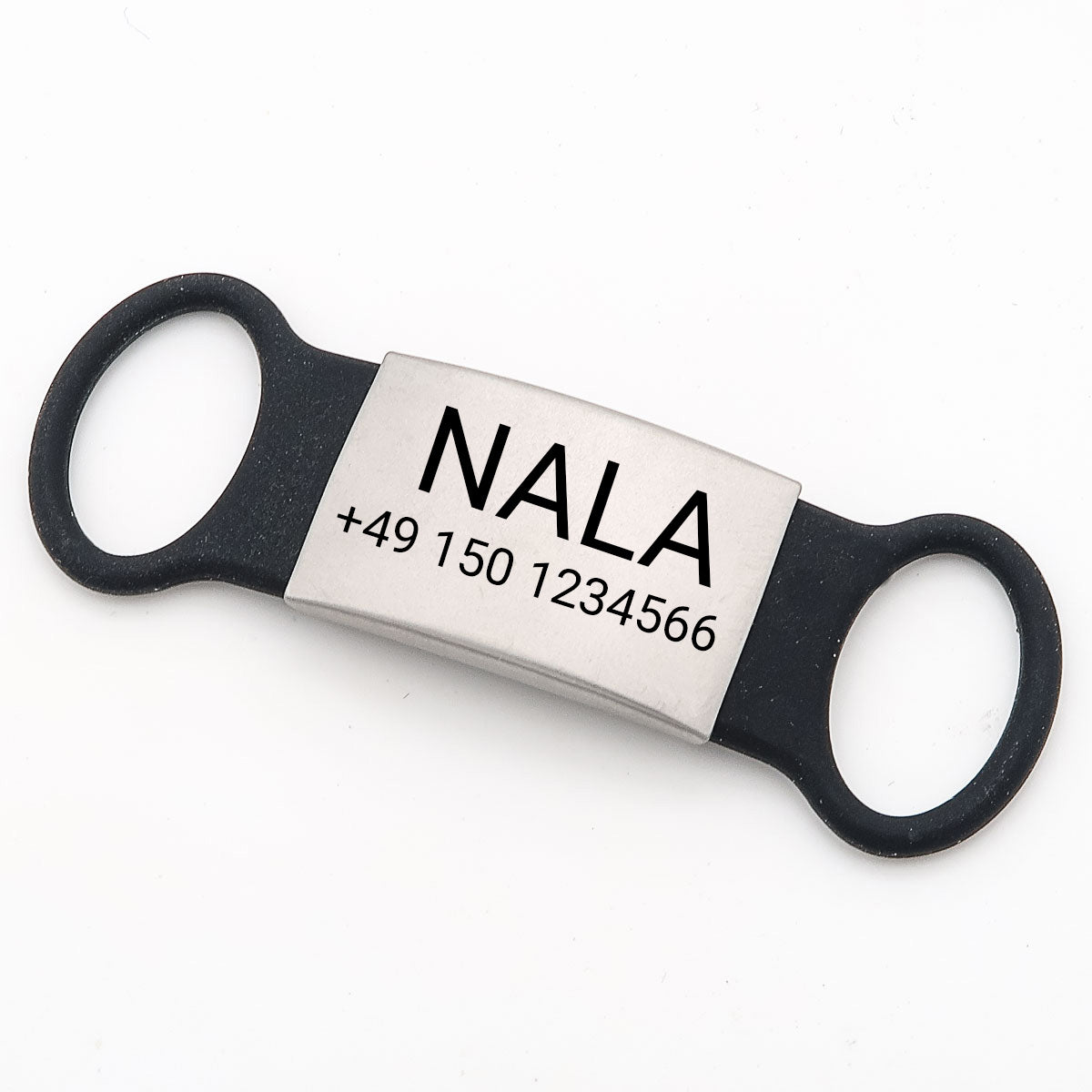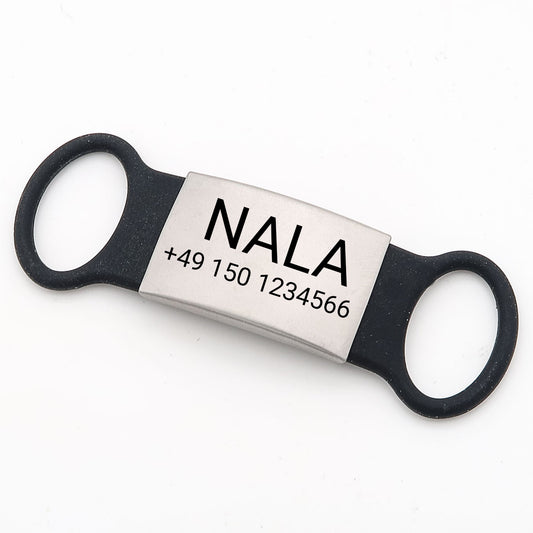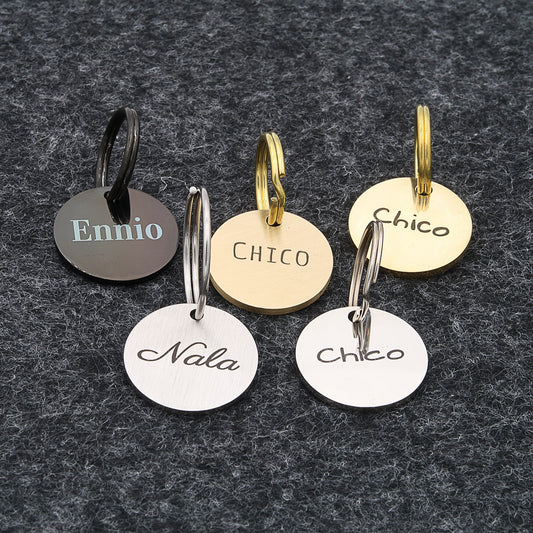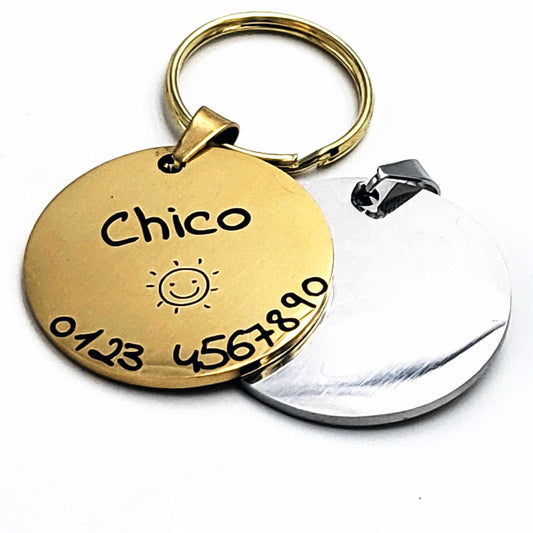
My dog doesn't listen and does what he wants - what to do?
Share
Every dog owner knows it: You call your dog, but Fiffi prefers to keep sniffing or runs in the opposite direction. Disobedience can lead to real problems in everyday life. But why doesn't your dog listen and how can you improve his behavior in the long term? In this article, you will learn all about the most common causes of misbehavior and how you can regain control with the right dog training.
Why doesn't my dog listen?
There are many reasons why a dog may not respond to commands. Some of the most common causes are
- Lack of training: The dog has not learned the desired behavior correctly.
- Distraction: Dogs find it difficult to concentrate in new or exciting environments.
- Lack of consistency: If commands are sometimes rewarded, sometimes ignored or executed differently, this leads to confusion.
- Missing attention signal: The dog doesn't know when to focus on you.
- False punishment or rebuke: Harsh punishments often lead to fear or refusal instead of obedience.
Step-by-step solution for more obedience
1. establish attention signal
An effective attention signal (e.g. snapping or a short whistle) helps your dog to focus on you. Train this signal in quiet moments before using it in distracting everyday situations.
2. recall training with drag line
Recall training is essential if your dog cannot be recalled reliably. Use a Drag lineto give him freedom but still maintain control.
- Call your dog in a cheerful voice.
- When he comes, reward him immediately with a piece of food or a cuddle.
- If he does not respond, use the Drag lineto gently steer it in your direction.
- Repeat the exercise regularly and slowly increase the distraction.
Our recommendation for a drag line on Amazon
3. consistency in dog training
Dogs learn through repetition and clear rules. Be consistent when implementing training measures:
- Always use the same commands.
- Do not mix commands - e.g. do not mix "No" or "Off" with the positive command of the name e.g. "Off Nala" would mean - "Don't do that - come here there is a reward" - this confuses your dog.
- Always use a reward or correction immediately after the action. This is one of the most common mistakes when dealing with dogs and can actually be observed with owners all the time.
- Make sure that all family members follow the same rules.
4. use rewards correctly
A reward is not just a treat - it can also be social contact, a play challenge or a cuddle. Choose the right reward for each dog:
- pieces of lining or Dog cookies: Particularly effective for dogs that love to learn.
- Vocal praise: An enthusiastic "Well done!" can work wonders.
- Play as a reward: A round of tugging or retrieving motivates many dogs.
5. increase distraction in a controlled manner
Train new commands in a quiet environment at first and gradually increase the distraction:
- At home in the living room
- In the garden or on a quiet meadow
- In busy parks or with other dogs nearby
This structure will teach your dog to listen to you even in exciting situations.
6. build up commands correctly
Many dog owners use commands incorrectly or inconsistently. Here's how to do it right:
- Clear signal: Only say the command once. If you repeat "Sit, sit, sit!", your dog will learn that he only has to react after several repetitions.
- Combine visual signs: Some dogs respond better to hand signals than to words.
- Offer barter transactions: If your dog doesn't want to give something up, swap it for a coveted piece of food.
7. furling lines and their pitfalls
Many dog owners use retractable leads, but these are often counterproductive for good leash control. They teach the dog that pulling leads to more freedom. A fixed lead or drag line is better suited to training obedience.
8. target problem behavior
If your dog shows certain problem behaviors, you should take individual training measures:
- Barking at visitors: Reward calm behavior and ignore excessive barking.
- Start up: Turn away and only reward your dog when it behaves calmly.
- Uncontrollability on the leash: Work on leash training with rewards.
9. punishment - useful or not?
Punishment is controversial in modern dog training. Punishments such as loud shouting or physical corrections are often counterproductive and can promote fear or insecurity. Sensible alternatives are:
- Ignoring undesirable behavior (e.g. no eye contact when jumping up)
- Redirect to desired behavior (e.g. demanding a sit instead of jumping up)
- Give short time-outswhen the dog gets overexcited
10. patience and practice make perfect
Dog training is a long-term process. Setbacks are part of it - be patient and work steadily with your dog. If you are unsure, an experienced dog trainer or dog whisperer can help.
Conclusion: consistency and patience pay off
A disobedient dog is not a hopeless case! With patience, consistency and the right training methods, you can get your problem behavior under control. Use positive reinforcement, avoid unnecessary punishment and make sure there are clear rules in everyday life. This will turn your stubborn four-legged friend into a reliable companion!
Photo by Yevhen Stienin on Unsplash





